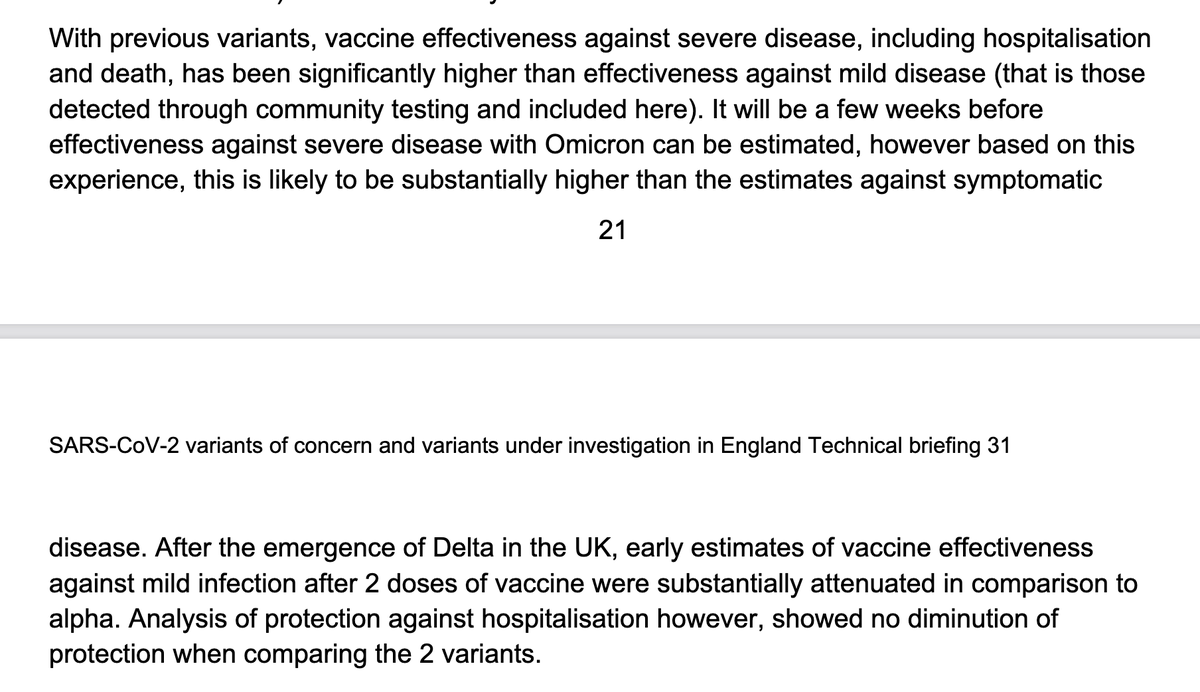
An 8-month trial in mostly females (17/18) with #obesity & type 2 #diabetes, shows that those randomized to an *intensive* #lifestyle intervention (n=10) e.g. had:
⦿ notable #weightloss (-17%)
⦿ ~63% ⬇️ intrahepatic fat
+ marked metabolic benefits 🧵>
cell.com/cell-metabolis…
⦿ notable #weightloss (-17%)
⦿ ~63% ⬇️ intrahepatic fat
+ marked metabolic benefits 🧵>
cell.com/cell-metabolis…
The standard group received "regular" (ADA-guided) instructions on diet & activity.
The intensive lifestyle group had:
⦿ weekly education sessions,
⦿ ⬇️ kcal intake by 500/d &
⦿ 4 x 60-min supervised progressively 📈harder – both resistance & endurance! – training sessions
2/
The intensive lifestyle group had:
⦿ weekly education sessions,
⦿ ⬇️ kcal intake by 500/d &
⦿ 4 x 60-min supervised progressively 📈harder – both resistance & endurance! – training sessions
2/
Energy intake was adjusted to ⬇️ Bw by >10% in 6 months.
The lifestyle intervention was overall quite intensive, & frequent face-to-face contact may have facilitated adherence:
Attendance was 92-98% – possibly facilitated by the rather small sample size, but still impressive
3/
The lifestyle intervention was overall quite intensive, & frequent face-to-face contact may have facilitated adherence:
Attendance was 92-98% – possibly facilitated by the rather small sample size, but still impressive
3/
The authors highlight that employers now often provide wellness programs to improve employee health & productivity – 84% of large U.S. companies have this.
This should also target #sleep of course, which unfortunately was not mentioned or measured in the present paper
(4/)
This should also target #sleep of course, which unfortunately was not mentioned or measured in the present paper
(4/)
The intensive intervention also ⬆️ the expression of genes involved in mitochondrial oxidation/function & NAD signaling, in skeletal #muscle.
In an oral glucose test, they found plasma glucose & insulin concentrations only ⬇️ in the intense lifestyle group (by ~20-25%)
(5/)
In an oral glucose test, they found plasma glucose & insulin concentrations only ⬇️ in the intense lifestyle group (by ~20-25%)
(5/)

Just to highlight how impressive the successive #weightloss was in the intensive #lifestyle vs. standard-of-care group in this trial – over the course of the 8-month intervention period – we can add a screenshot of one of their supplemental figures:
(6/n)
(6/n)

• • •
Missing some Tweet in this thread? You can try to
force a refresh













